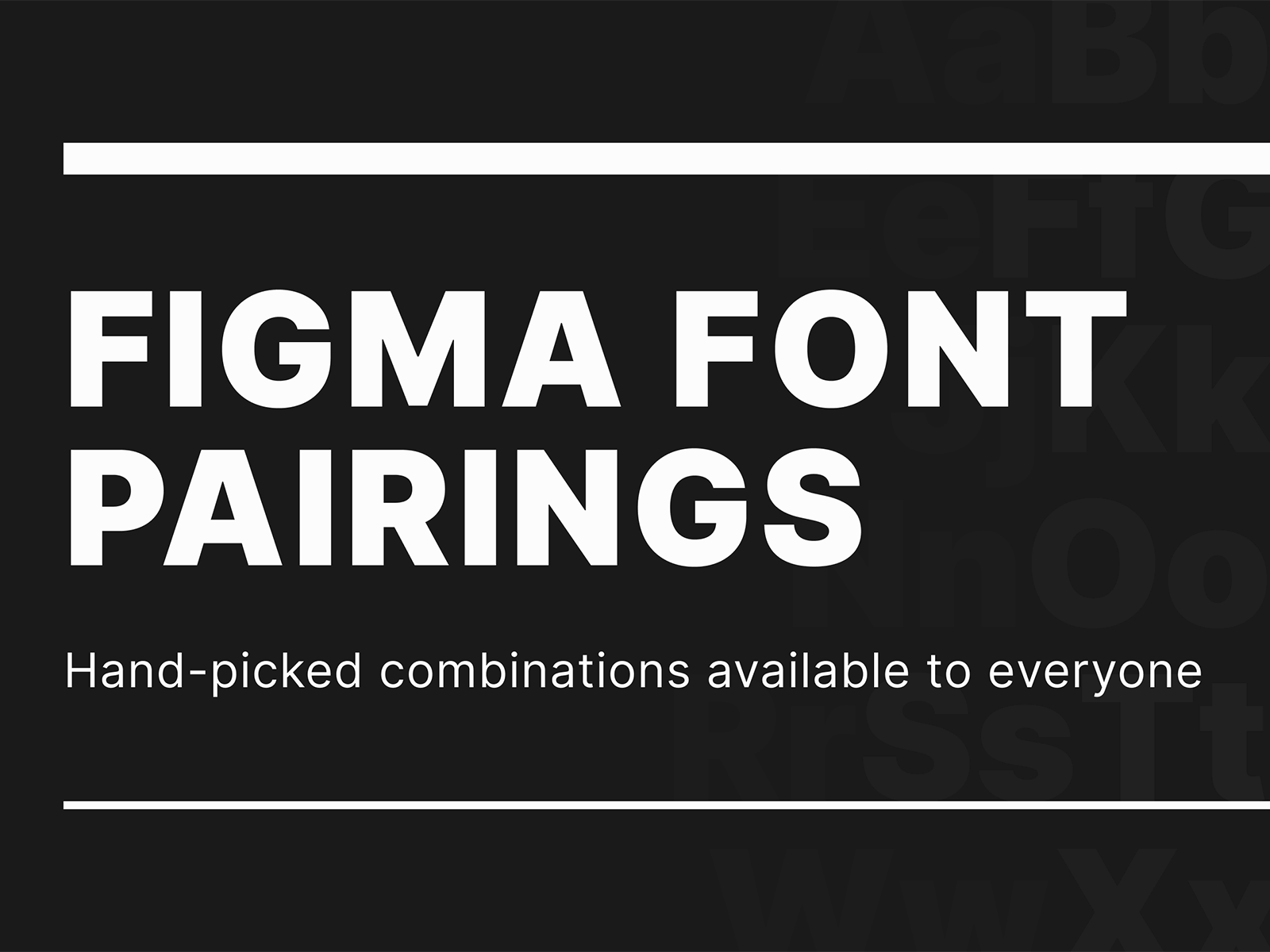

These fonts should be available on every operating system. PostScript version 1 required one serif font, Times and one sans-serif font, Helvetica. Let’s create a font stack that will look and behave nearly identical across platforms. However, it’s still possible to use these fonts across platforms.ĬSS lets you list multiple fonts in an ordered “font stack.” Web browsers will choose the first installed font they recognize from the list. Not every platform includes the exact fonts specified in the standard because of copyright issues and licensing costs. We can thank the PostScript printing standard for defining a core set of fonts that everyone had to support. This isn’t the same as a fixed-width font (monospace), where all the characters in the font have the same width.
.png)
For example, a headline and paragraph should fill the same number of lines of text. Metrical compatibility means you can substitute one font for another in a document without affecting its layout. Metrically compatible means that each individual character in one font has the same width as the same characters in another font. Android only has one font, so you get what you get. There are good options available for Linux too, but those are rarely set as the default fonts. The default fonts for the generic “serif” and “sans-serif” (without serifs) fonts are metrically compatible across MacOS, iOS, Windows, and Chrome OS. In this article, I’ll focus on making the default fonts look and behave the same across operating systems. However, the default fonts differ between operating systems and few fonts are available everywhere.

Different web browsers use the same default fonts on the same operating system.


 0 kommentar(er)
0 kommentar(er)
